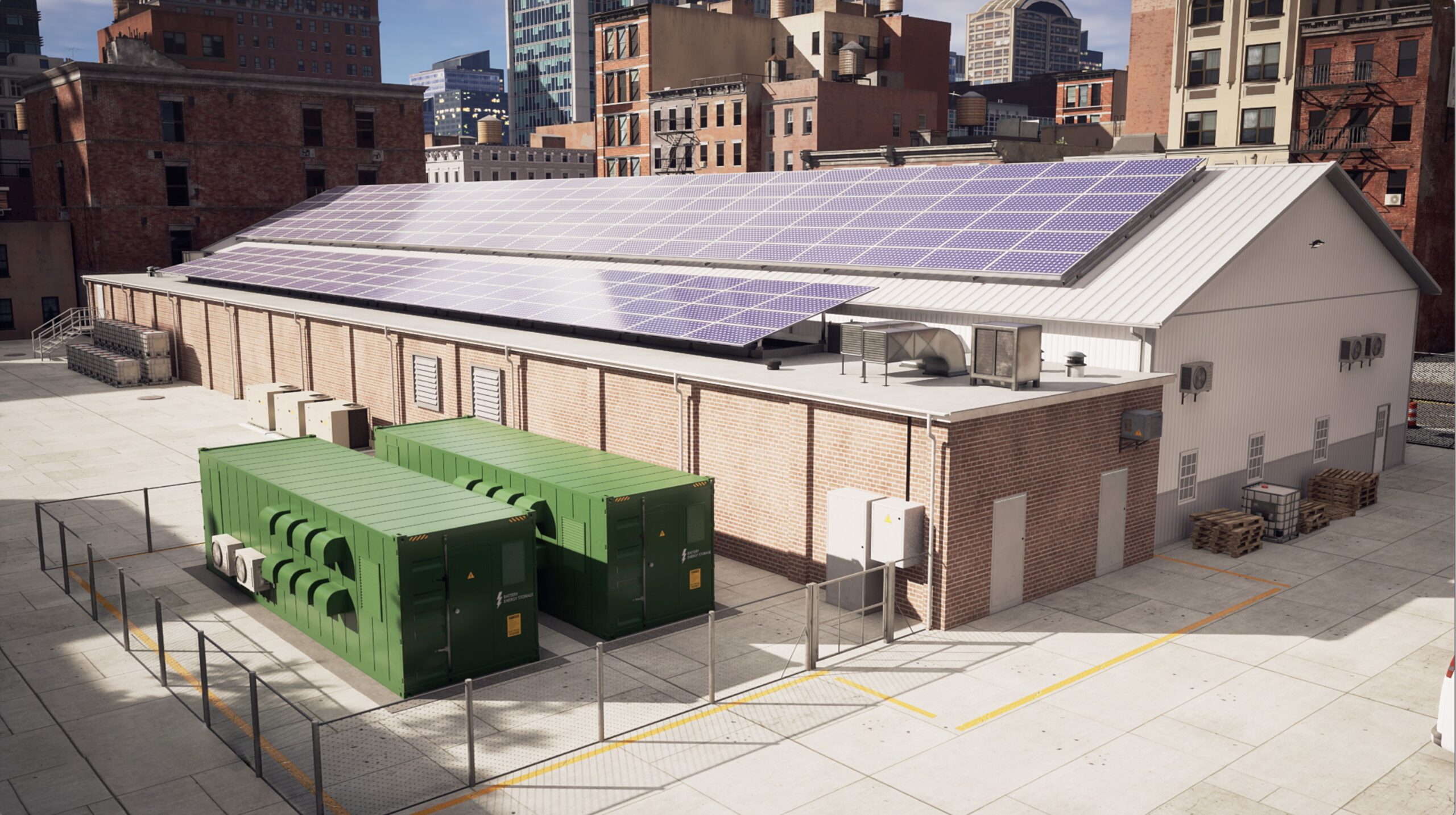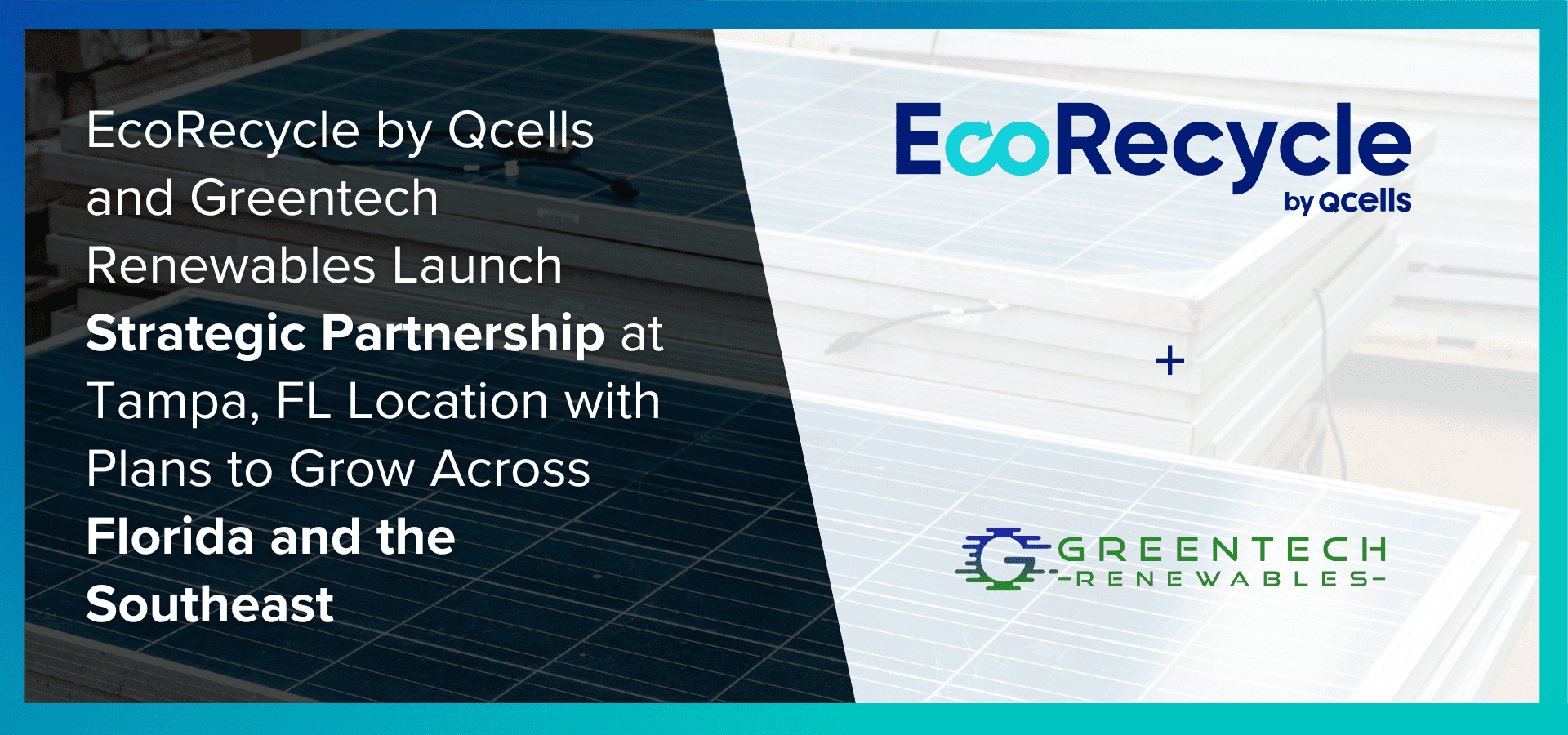The options for reaping income from energy storage are expanding, creating opportunities for commercial and industrial customers.
In many cases, a third party owns and operates the battery systems on facility owners’ sites, helping the customers earn income without needing to handle the technical and financial aspects of managing the batteries.
Using Energy Storage in More Than One Way
Traditionally, businesses have used energy storage as a backup source of power. But now, energy storage can be utilized in numerous ways at the same time. This is called value stacking and can yield businesses tens of thousands of dollars, says Rajesh Sharma, Head of Analytics and Product Commercialization for Qcells North America.
Massachusetts offers several programs that illustrate the value of utilizing solar and batteries in numerous ways. First of all, when businesses and organizations invest in solar, they are eligible for a federal tax credit. Second, they can participate in the Solar Massachusetts Renewable Target (SMART) program, a solar and storage incentive program. When solar system owners add properly sized storage to their solar systems, they qualify for a bonus incentive under SMART.
Pairing Storage with Solar
“If we think of the bonus incentive as the storage incentive, the total dollars generated is a direct product of the solar array generation,” says Sharma. This is the only incentive in the world where a battery is incentivized directly by solar production, added Sharma.
In Massachusetts, storage project owners also qualify for certificates under the Clean Peak Energy Standard. This program requires that a percentage of utilities’ electricity delivered during peak hours come from eligible clean energy resources. Utility customers with onsite solar or storage can provide that clean energy.
“The project owners get the certificates, and the value is that they can sell the certificates. There is a market for the certificates because the utilities have an obligation to retire and consume them,” explains Sharma.
What’s more, ISO New England, an independent system operator, offers a program under which utility customers with storage interconnected to the grid can get paid for participating in wholesale market services, including frequency regulation and the forward capacity market.
And under the Connected Solutions program, commercial and industrial customers of Eversource and other utilities earn incentives for allowing the utilities to withdraw energy from their batteries during times of peak electricity demand. This helps utilities avoid the use of polluting and expensive peaker plants and saves money for utilities and their customers.
The Value of Third-Party Participation
Facility owners that participate in such programs don’t necessarily have to use storage assets sited on their property to meet their own loads. In fact, in New England, many of the projects that provide storage for utility programs are owned by third parties.
Qcells is now actively reaching out to commercial and industrial facility owners in Connecticut and Massachusetts who have property–roof or land space–available for siting storage projects.
“We are finding building owners and landowners who want to lease their property. We take care of the capital expense, development risk, technology and market risk,” says Sharma. The property owners receive payments from Qcells for use of their space.
“We understand all these complicated markets and technologies and can simplify them, providing a single payment to the property owner,” says Sharma.
Value Stacking Opportunities on the West Coast
On the West Coast, numerous opportunities also are available for value stacking, says Brian Gallagher, Commercial Clean Energy Project Development Executive for Qcells.
In California, where the peak power demand occurs in the evening, energy storage owners on time-of-use rates can store low-cost solar power during the day and release it in the evening, when prices are higher. This strategy–called energy arbitrage–can lower energy charges.
Also, California utilities created new opportunities for distributed energy resources to participate and obtain the additional values under the DRAM (Demand Response Auction Mechanism) program. Through this program, energy storage owners can get paid for using less energy from the grid when the grid is stressed.
Batteries are also used to provide resilience during outages.
With the ability to use batteries as backup, provide grid services, lower demand charges, or focus on energy arbitrage, energy storage is becoming more and more valuable, especially when it can serve numerous roles at the same time.
“Earlier we used batteries mostly for backup,” says Gallagher. “Today we can use them to reduce customers’ utility bills, provide services to the utility grid and even help out the regional transmission organizations that focus on the stability of the grid.”





 USA & Canada
USA & Canada Korea
Korea Germany
Germany United Kingdom
United Kingdom France
France Italy
Italy Netherlands
Netherlands Greece
Greece Poland
Poland Portugal
Portugal Hungary
Hungary Spain
Spain Japan
Japan